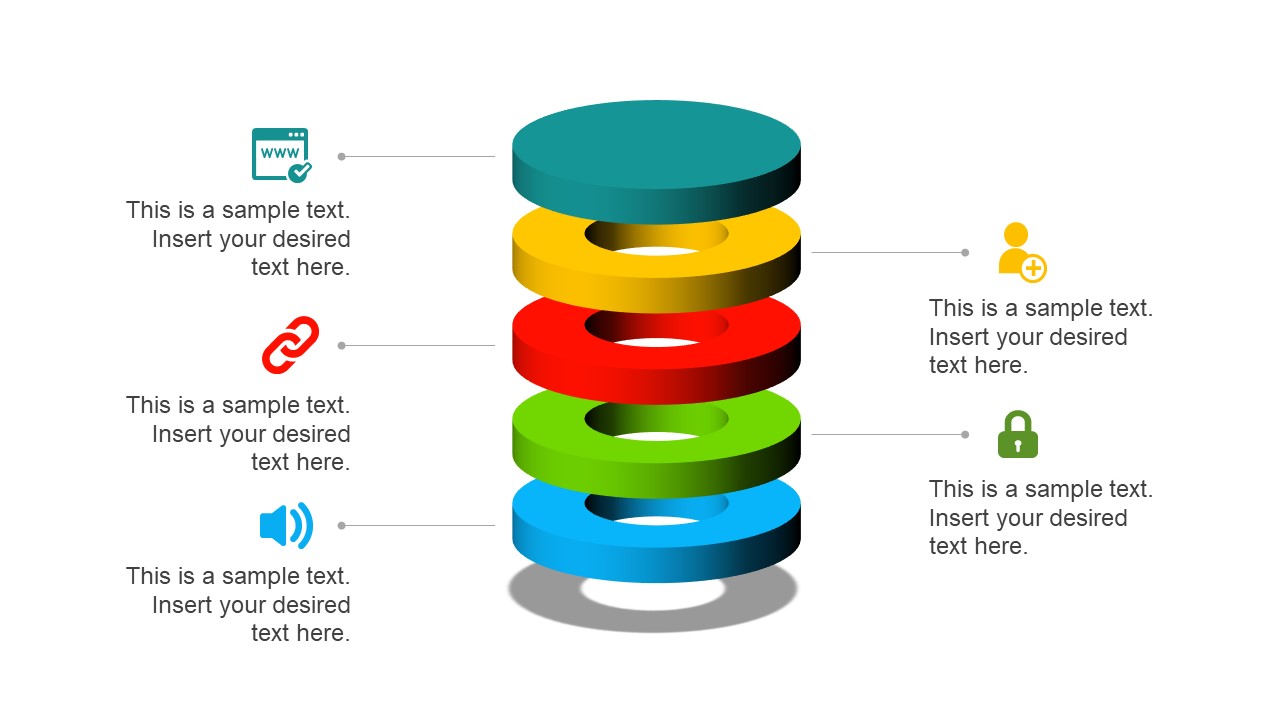

Look for the Transitions tab in the toolbar. It’s time to show you where you can find these in 3 of the most popular presentation software today: PowerPoint, Keynote, and Google Slides. So, now you know the difference between transitions and animations. But, of course, I don’t recommend this unless you want everyone to get a migraine! You can animate every single element on your slide and add various effects, if you so desire. You can animate the text, any charts or tables, images, shapes, icons, etc. So, if you have 15 slides in your slideshow, then you can have 15 different transition effects.Īnimations, on the other hand, refer to object or element animation. Thus, you can only choose a single transition effect to a slide.

Transition effects are applied to the whole slide. Transitions refer to slide transitions or the animation that occurs when you transition from one slide to the next. You may think animations and transitions refer to the same thing – they don’t.

But which ones should you use for your business presentations? Should you go for the simple fade animation? Or would the fancy boomerang and bouncing effects be better? Well, continue reading because that’s what you’re going to find out in this article! Animations vs Transitions: What’s the Difference? Most, if not all, presentation software offer plenty of slide transitions and animations.


 0 kommentar(er)
0 kommentar(er)
